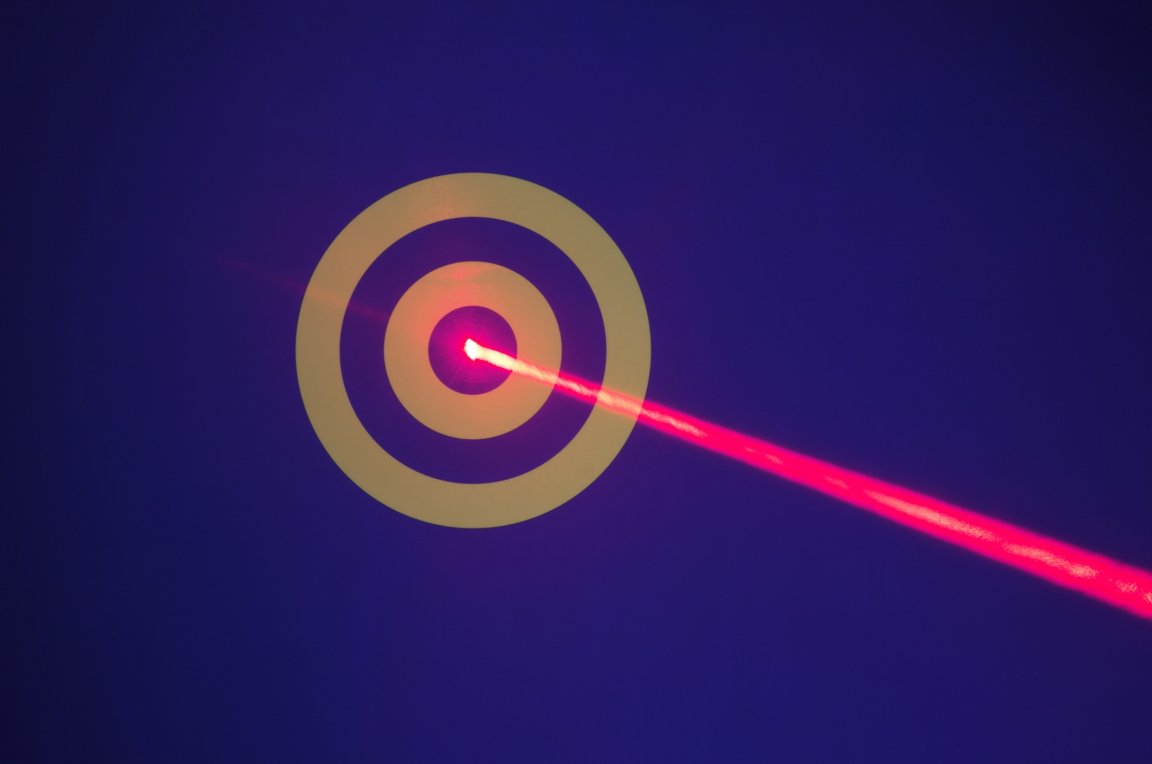
*Pew-Pew*
One of the hallmarks of our favorite science-fiction are the epic space battles where bolts of red and green light zip across the screen in opposing directions, connecting with spacecraft traveling at lightning speeds and causing glorious explosions in the vacuum of space. Of course, none of this is possible in reality thanks to the natural laws that govern such things.
Even so, modern innovation is bringing us closer to a similar future —at least one where laser weapons are a viable technology. In fact, some of the world’s biggest military contractors are currently developing prototypes for laser weaponry. The Navy has already been testing a 30 kW laser from the deck of the USS Ponce. Other more powerful lasers are being developed by Lockheed Martin to sit on trucks, prepared to defend against mortars and small drones.
Unfortunately, we won’t be able to tell the good guys from the bad guys just by looking at the color of their lasers; these real-life beams are colorless. Also — and perhaps most devastating of all — there won’t be a satisfying “pew-pew” with every shot.

Missile Hunting
The lasers would work by heating the target’s insides, causing it to explode prematurely. The weapon needs to be locked onto its target of a few seconds in order to achieve this feat; an impressive feat considering the target can be traveling at great speeds, and up to 457 meters (500 yards) away.
The more powerful lasers may be coming within the next few years. Lasers powered at 150 kW could take out an incoming missile if hit from the side, and a 300 kW laser could even take out a missile head-on. Developing these technologies will allow for a much cheaper missile defense system: instead of firing off a multimillion-dollar missile to combat an incoming attack, these lasers can take their place.
Right now, the most restrictive aspect of this technology is the size of the equipment it takes to operate them. They require a lot of power and the systems to generate and store that power are cumbersome. Further research is hoping to address that issue to make these weapons more viable.